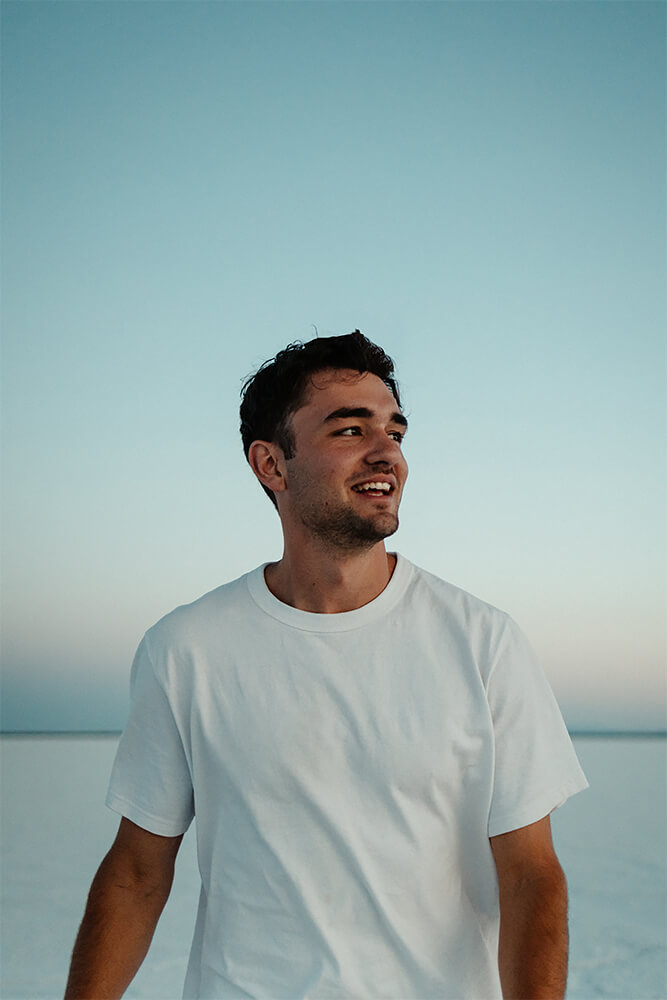Matthew Hardy-Brown's artistry unveils the enchanting beauty of our world, reminding us of the
untamed wonder that surrounds us. With every click, he captures fleeting moments of
unscripted time. His work is a testament to the natural wonder surrounding daily life.
Originally from South Africa, Matthew Hardy-Brown's creative roots were planted in the
landscapes of Australia, upon his relocation at 10 years old. While he didn't grow up by the
ocean, it was here that he found his poetic sanctuary.
As a self-described introvert, Matthew Hardy-Brown sought refuge by the water's edge,
discovering his voice through the lens of his camera. He values unfiltered moments,
intentionally avoiding excessive editing and digital manipulation.
To MHB, magic ignites through authenticity—a commitment he fiercely upholds.
At the core of Matthew Hardy-Brown's ethos lies a resounding mantra: "Live Often, Smile More."
Having personally confronted the harsh realities of life's unpredictability, he gained a profound
insight: tomorrow is not promised. Fuelled by this understanding, he is on a mission to share the
world's inherent beauty, to inspire others that it's never too late to pursue a passion, to be a
good human, and ultimately, to live often and smile more.
His passion for capturing life's grandeur has earned him collaborations with industry giants such
as Ralph Lauren, Mini Cooper, Paramount Pictures, and GoPro. His proudest achievement
earned him the national exclusive as Canon’s premier artist with his timeless images featured
throughout stores across Australia.
Statement:
Matthew explores the delicate dance between the wild and the human spirit, capturing moments
that transcend the ordinary. Through a lens finely tuned to the nuances of the natural world,
these pieces invite viewers to immerse themselves in the rhythmic chaos of crashing waves, the
fearless dance of surfers, and the subtle interplay of light and shadow on the water's surface.
